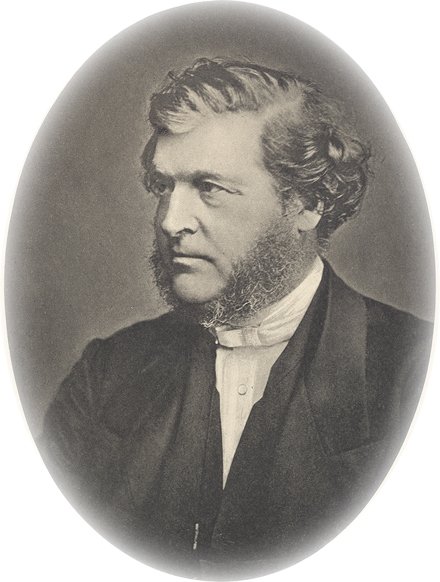"Isn't the story of Jesus based on hundreds of other dying and rising saviour-gods in antiquity?"
The short answer to this one is - no, it isn't. Responsible research has shown the parallels commonly cited to be vastly overstated. In extreme cases, such as the movie Zeitgeist, the parallels are striking because they are made up. There are many good Christian works that answer this objection, such as Nash's The Gospel and The Greeks, and the book Reinventing Jesus. It is important to emphasise also that the mythological gods were not conceived as existing in our world, but in the mythological past when the gods ruled on earth (at least in the case of the Egyptians).
Often the striking parallel is created by emphasising the similarities of a myth with the story of Jesus, while failing to mention the differences. Osiris, for example, was murdered by his jealous brother who seized the throne from him. According to some forms of the legend, his body was then chopped into pieces, and his wife Isis reassembled the pieces and re-animated the body by magic so that she could conceive a child by him. Osiris thus became the first mummy to become a daddy (sorry, couldn't resist). He then became the green-skinned god of the underworld. Compare this to the glorious resurrection of Jesus, and what you find is that Osiris is merely an animated corpse, while Jesus is alive for ever and ever. Again, Osiris was re-animated to father a child, who would defeat Set, his father's murderer, and rule in his father's place. It is Horus, who did not die, who is the "saviour", not the dead Osiris. Incidentally, this is as good a place as any to remind readers that the account of Horus given in Zeitgeist is fabricated. It sounds like the Jesus story because it is!
The Gospels were most likely written in the 1st century, between the late 50s AD and the late 60s. The reason for this conclusion is that not one mentions that the destruction of Jerusalem fulfilled Jesus' Olivet discourse. Now, lest any object that this was deliberate, I must point out that none of the Gospel writers had any reason to represent his writing as earlier than in fact it was. Indeed, there are probably less than five years between the writing of the lst Gospel and the destruction of Jerusalem. Jesus died about AD 30, thus we have about thirty years between the death of Jesus and the writing of the Gospels.
Now, this is simply not long enough for legends to develop. There are approximately one thousand years between the time at which the historical King Arthur lived and the date of Sir Thomas Mallory's Morte d'Arthur, the developed form of the Arthurian legend. Thus for Jesus to have become a figure of legend in a matter of decades would itself be incredible.
Another point that tends to weaken the idea that the Gospels are merely "an old tale new-told" is the methodology used by those who advocate the idea. A scatter-gun approach utilising a wide variety of pagan deities is used, thus we are asked to believe that the Gospel writers deliberately created a mosaic from pagan deities, a claim that holds no water.
Friday, March 26, 2010
Subscribe to:
Post Comments (Atom)

1 comment:
I would further note, re. King Arthur, that one the earliest records we have of Arthur, in the Welsh Easter Annals, dates to 950, when the events described happened in the sixth century. It contains nothing even remotely resembling legendary material. The sheer paucity of written records about Arthur before the fanciful writings of Geoffrey of Monmouth (who associated Merlin with King Arthur for the first time), should also stand as a rebuke to those who want to know why more written evidence of Jesus outside the Gospels didn't exist. Arthur was a successful general, but the extinction of the British kingdoms of England meant there was no chronicle of his life. So we're left with the odd passing reference. Sort of what we'd be left with without the Gospels, then.
Post a Comment